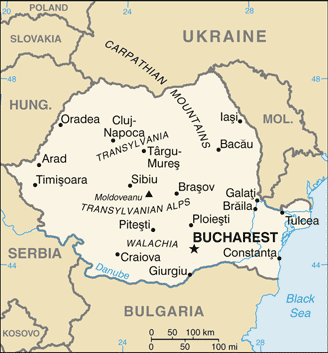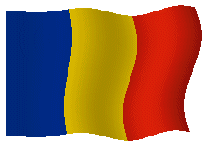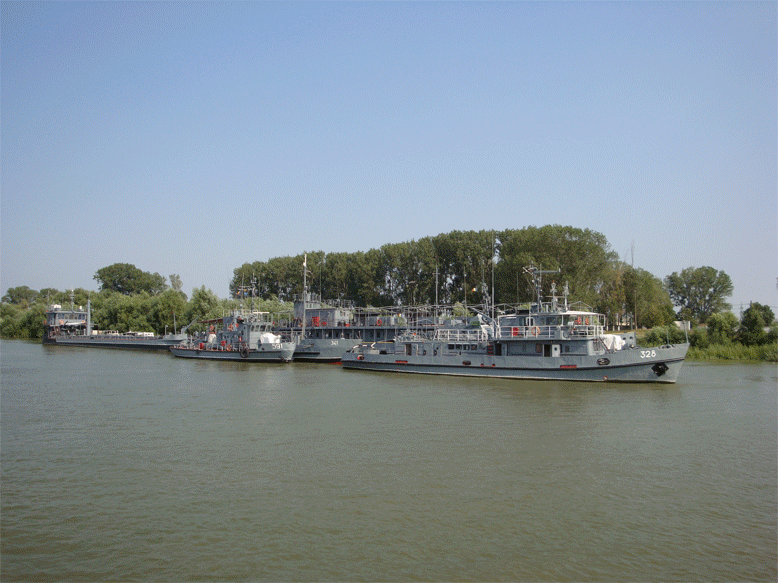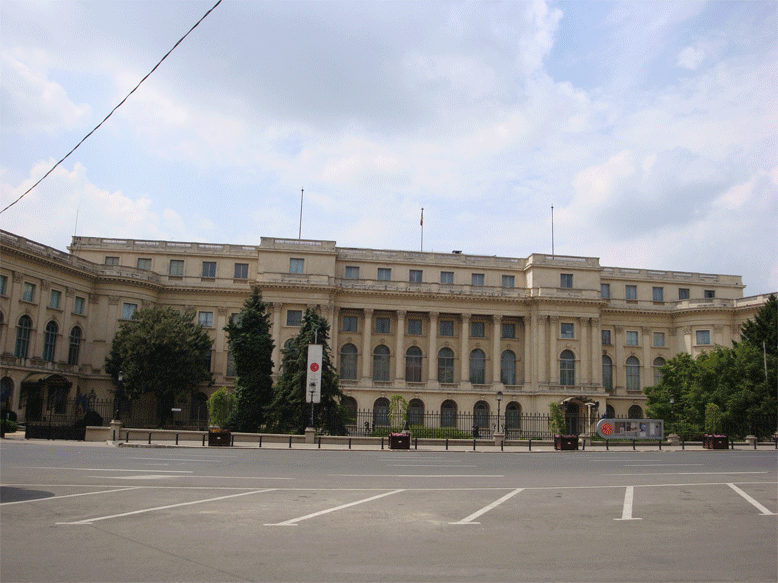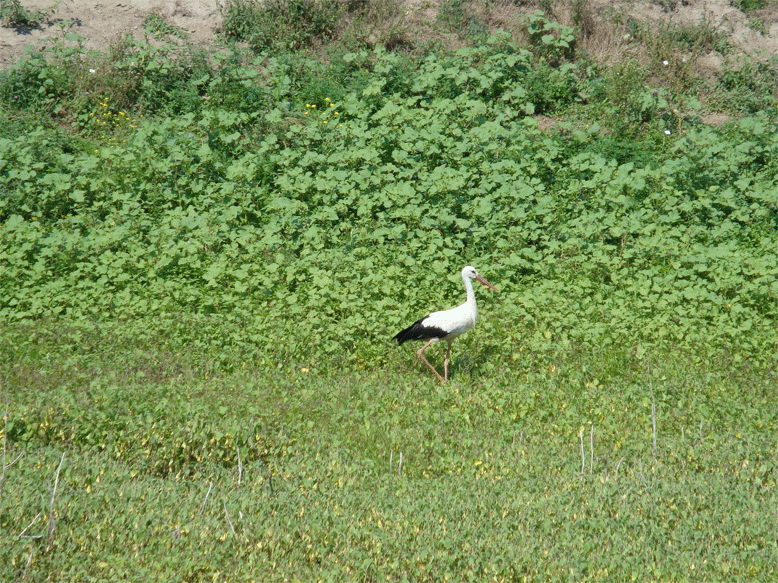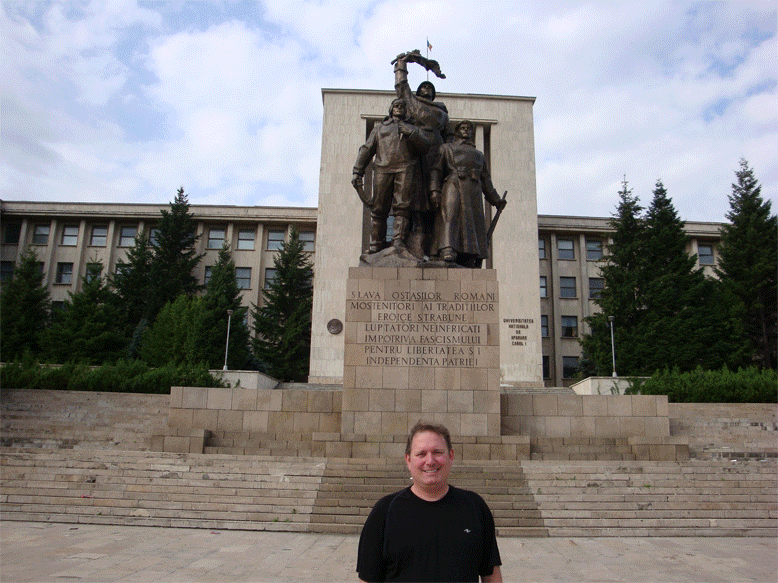During the first century A.D., Roman Emperor
Trajan's legions made their way across the Danube into Dacia,
a land inhabited by the Dacians. A part of the Dacia's territory was
made into a Roman province, after being conquered by the Romans.
The territory received the name "Dacia Felix." Roman rule
lasted for about 165 years. The Romanian nation was born of the ethnic
mix of Romans and Dacians.
Successive
waves of invaders came across Dacia after the Roman withdrawal during
the reign of Aurelian (271). The Hungarians arrived in the
ninth century.
One of Romania's most interesting leaders was Vlad III, Prince of
Wallachia called "Vlad the Impaler" AKA: Drachula. He
reined from 1448 to 1476 and was best known for his cruelty of impaling
criminals and invaders to scare off the Turks.
In 1526 the Turks took control over the
territory of the former Hungarian Kingdom, Transylvania, Moldavia and
Walachia became autonomous principalities, although they were forced to
recognize the supremecey of the Ottoman Empire, to which they paid a
tribute.
During
the Russo-Turkish War of 1828 - 1829, Russian troops led by Pavel
Kiseleff occupied Moldova and the Romanian Land (until 1834). Between
1812 and 1918, the Moldavian province of Bessarabia was annexed by
Russia. After
the defeat of Russia in the Crimean War (1853-1856), the Romanian
principalities came under the protection of the seven powers who signed
the Paris Peace Treaty.
After
the Second World War, Romanian territory was occupied by Soviet Troops
until 1958. The
period in which Nicolae Ceausescu was in power (1965-1989) was
devastating for Romania. His dictatorship was deposed in 1989,
following widespread popular anticommunist uprisings.
In March 2004,
Romania became a member of NATO and in 2007 a member of the European
Union.
